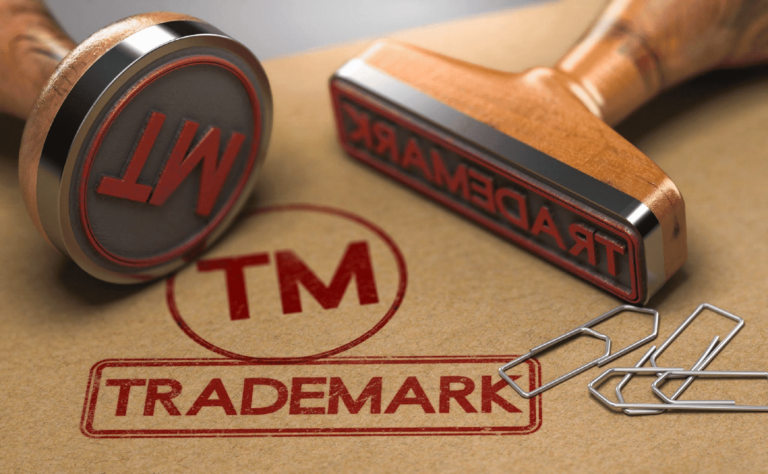A trademark’s “use in commerce” is shorthand for saying a service or product is being offered across state lines. In other words, if you sell (or even offer for sale) your product or service, you might be able to say it’s used in commerce and qualifies for a trademark. If you have a website offering services, you’re “in commerce.” If you sell an item online, you’re “in commerce.” The definition is quite broad. A trinket being sold at a single roadside gift shop is technically “in commerce.” Use in commerce is generally simple to prove. But it also gets more complicated.
There are both “registered” and “unregistered,” and they grant you significantly different levels of protection. By understanding the specifics of trademark requirements, you’ll be far more capable of protecting your intellectual property.
The first thing to know is that a trademark exists the second you create a uniquely branded product or service and offer it for sale. However, if you want more extensive protection, you’ll have to submit it to the US Patent and Trademark Office (USPTO) or a state agency for approval. Enforcement requires registration. Without a registration, you cannot enforce your trademark on social media, Amazon, other e-commerce marketplaces, or in court.
Next, a USPTO attorney will determine the trademark’s validity based on two things: distinctiveness and use in commerce. How you prove both will determine the difference between approval and denial.
Defining Trademark Use in Commerce
The federal definition of use in commerce is clarified under Section 45 of the Trademark Act. This act also outlines how you can prove use in commerce when you’re offering both products and services.
To qualify for federal protection, the mark must:
| Products |
|---|
|
| Services |
|
At this point, we should note that nominal usage will not meet the criteria for trademark applications. While there’s no set definition of nominal usage, typically, simply selling a product for the purpose of establishing a trademark claim is not sufficient. So, for example, sending a single shipment or piece of marketing material probably won’t prove trademark use. Someone who has not started to use the trademark yet should instead file an Intent-To-Use application so they can solidify their filing date while providing time to use the mark and deliver sufficient proof.
“Commerce” only applies to activities recognized as legal by the government. While this seems straightforward, it’s important to remember that laws change all the time. If you’re hoping to trademark marketing materials for your cannabis-based business, for example, you’ll have to contend with the differences between federal and state laws.
Finally, you’ll need to consider whether you’re filing for a trademark at the state or federal level. The USPTO can take anywhere from 3 to 7 months to review an application. Processing times for state registration vary, but tend to be shorter. However, speed is far from the only difference between state and federal trademarks.
Choosing State or Federal Level Registration
If you’re hoping to get a federal trademark, you (or your business) have to use that trademark in interstate commerce—that is, you have to market your products or services across state lines. If you don’t, you’ll have to opt for state registration. The exception to the interstate commerce rule is Washington, DC. Even if you only use your trademark in the District, it will still qualify for federal protection.
State trademark registration is handled at a local office and is typically much cheaper than a federal application. Laws vary by state, but they usually mirror the federal requirements. In addition, you may need to prove that the trademark isn’t being used by someone else in the same industry who applied or registered before you. (To save yourself a headache later on, conduct a trademark search before you embark on the registration process.)
It is possible for two different businesses to register similar trademarks. The two marks just need to be in different enough industries and areas that they couldn’t reasonably be mistaken for each other.
While state registration may be easier, we recommend filing for federal protection. Federal protection extends across the United States and its territories, so you won’t have to repeat the application process if you decide to expand to other states. Moreover, you’ll have to file for federal protection if you’re planning to sell online. These trademarks are permitted to use the ® symbol. Generally, we advise our clients to save their money and skip state trademark applications.
Of course, filing for federal protection and establishing trademark use for commerce can be intimidating. The best way to navigate the complexities of the law and minimize the risk of denial is to work with an attorney who is familiar with the ins and outs of the system. They can help you navigate the nuances of trademark law so you can protect your branded assets in all markets where you operate.
Bold Patents provides clear guidance on meeting the trademark use in commerce requirements when submitting your application. To learn more, connect with us at 800-849-1913 or via our contact page.

